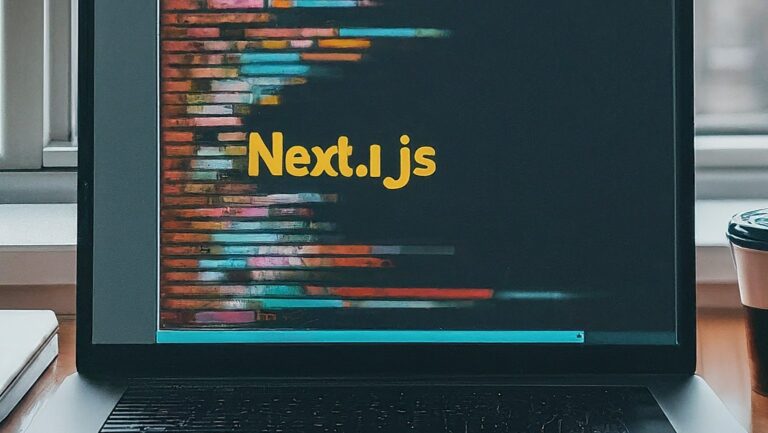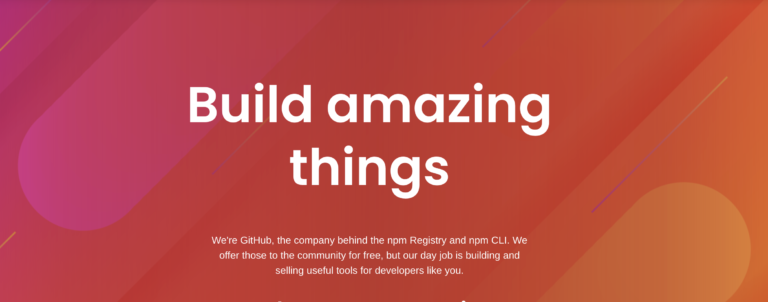Git has become the de facto standard for version control in software development. Whether you’re a beginner or an experienced developer, mastering Git is essential for collaborating with others and managing your projects efficiently. In this comprehensive guide, we’ll explore best practices that will help you become a Git expert and streamline your workflow.
1. Understanding Git Basics
Before diving into advanced topics, it’s crucial to understand the fundamental concepts of Git:
- Repositories: Learn how to create and manage repositories to store your project files.
- Commits: Understand the concept of commits and how they represent changes to your codebase.
- Branches: Explore the power of branching and how it enables parallel development without affecting the main codebase.
- Merging: Learn how to merge branches to integrate changes and resolve conflicts.
2. Setting Up Your Git Environment
Ensure that your Git environment is properly configured for optimal usage:
- Global Configuration: Set up your name, email, and default text editor using
git config. - SSH Keys: Generate SSH keys and add them to your Git hosting provider for secure authentication.
- Aliases: Create aliases for commonly used Git commands to improve productivity.
3. Collaborating with Others
Git is designed for collaboration, and understanding how to work effectively with others is essential:
- Forking and Cloning: Learn how to fork repositories on platforms like GitHub and clone them to your local machine.
- Pull Requests: Master the art of creating pull requests to propose changes and discuss them with your team.
- Code Reviews: Understand the importance of code reviews and how they help maintain code quality and consistency.
4. Branching Strategies
Choose the right branching strategy based on your project’s needs:
- Feature Branches: Use feature branches to work on new features or bug fixes independently.
- Git Flow: Explore the Git Flow workflow for managing releases and hotfixes in larger projects.
- Trunk-Based Development: Learn about trunk-based development for continuous integration and deployment pipelines.
5. Advanced Git Techniques
Once you’re comfortable with the basics, explore some advanced Git techniques:
- Interactive Rebasing: Use interactive rebasing to clean up your commit history and squash or reorder commits.
- Stashing: Learn how to stash changes temporarily when switching between branches or dealing with conflicts.
- Git Hooks: Explore Git hooks to automate tasks like running tests or linting code before commits.
Basic Git Commands
- git init: Initializes a new Git repository in the current directory.
- git clone [url]: Clones an existing repository from a remote URL to your local machine.
- git add [file]: Adds changes in the specified file to the staging area.
- git commit -m “[message]”: Commits the staged changes with a descriptive message.
- git status: Displays the current state of the working directory and the staging area.
- git push: Uploads local branch commits to the remote repository.
- git pull: Fetches and merges changes from the remote repository to the local branch.
- git branch: Lists all local branches and highlights the current branch.
- git checkout [branch]: Switches to the specified branch.
- git merge [branch]: Merges changes from the specified branch into the current branch.
- git stash: Temporarily shelves changes in the working directory to be reapplied later.
- git log: Displays the commit history of the current branch.
Best Practices for Branching Naming Patterns
- Use Descriptive Names: Choose branch names that accurately describe the purpose or feature being worked on. For example, use
feature/login-pageinstead offeature/new. - Use Hyphens or Underscores: Separate words in branch names using hyphens or underscores for readability. For example,
feature/new-featureorbugfix/issue-123. - Keep it Short and Clear: Aim for concise branch names that convey the intended changes without being overly verbose. Avoid unnecessary abbreviations or cryptic names.
- Prefix Branch Names: Prefix branch names with a category identifier to organize branches by type. Common prefixes include
feature/for new features,bugfix/for bug fixes,hotfix/for critical patches, andrelease/for release branches. - Use Lowercase Letters: Maintain consistency by using lowercase letters for branch names to avoid confusion, especially in case-sensitive environments.
- Avoid Special Characters: Stick to alphanumeric characters, hyphens, and underscores in branch names to ensure compatibility with various systems and commands.
- Avoid Reserved Words: Refrain from using Git command keywords or reserved words like
master,main,HEAD, ororiginin branch names to prevent conflicts or confusion. - Include Issue References: If your project uses an issue tracking system like JIRA or GitHub Issues, include issue references in branch names for traceability and context. For example,
feature/ISSUE-123. - Follow Team Conventions: Adhere to team conventions and guidelines for branch naming patterns to promote consistency and collaboration across the project.
- Clean Up Branches: Once a branch has served its purpose and the changes are merged, delete the branch to keep the repository clean and avoid clutter.
By following these best practices for branching naming patterns, you can improve collaboration, organization, and clarity in your Git workflow. Remember to communicate with your team and establish conventions that best suit your project’s needs.
Conclusion
Mastering Git is a journey, and adopting best practices is a crucial step in becoming proficient with version control. By understanding Git basics, setting up your environment correctly, collaborating effectively, and using advanced techniques, you can streamline your development process and work more efficiently with your team. Start implementing these best practices today and take your version control skills to the next level!












